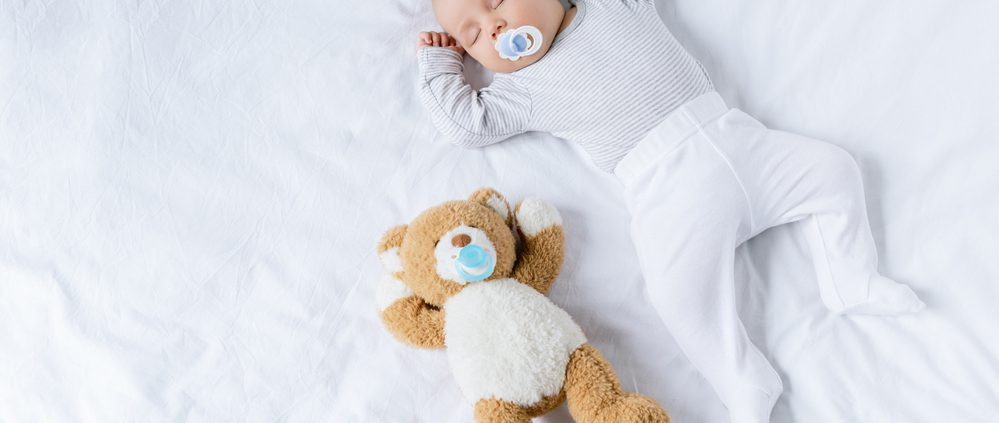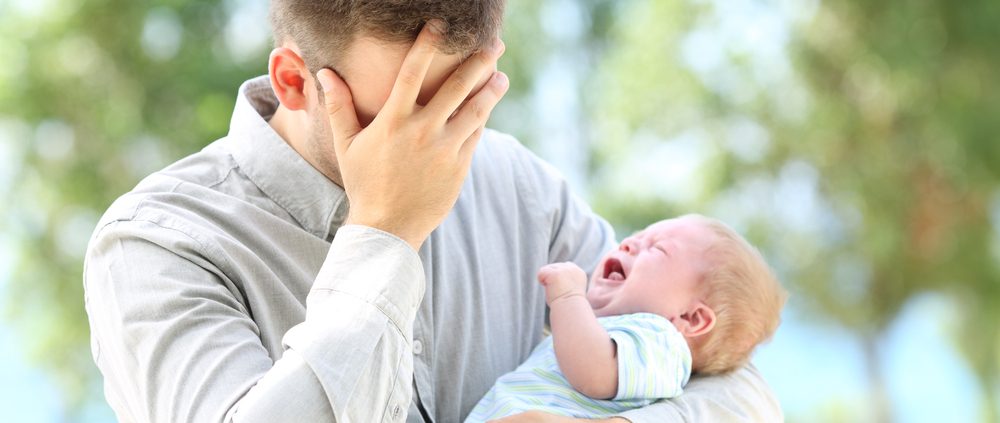
One of the most common questions I get asked by parents-to-be is ‘So where does baby sleep for the first few months?’ Nowadays, there are many options depending on what parents prefer, culture, budget and how much space people have in their home.
When baby is small, daytime sleeps and deeper nighttime sleeps are usually in different places so, you will probably want a few items for the day so that you can go out and about:
- Moses basket – a basket you can move around the house and is easily transported. Only really comfortable until baby is about 12lb
- Sleepyhead nest – another safe but portable item but I find that parents overuse them and put them in the cot at night too.
- Sling/carrier – great for walks especially if baby is very windy or has reflux.
- Pram bassinet – Great for daytime sleeps, I try to let baby fall asleep first then take them for a walk.
- Car seat – most babies love to sleep in the car but again those with wind or reflux might be very happy.
All of these are fine for baby to sleep in but it’s important that they don’t get dependent on them i.e you don’t want to have to walk or drive the baby to sleep every day as this can become a bad habit very quickly. If you use a sling, make sure you can always see the baby’s face when you look down.
Having a baby that is flexible and will sleep easily in different places is really useful if you travel a lot or if baby will be going to nursery / staying with grandparents or a childminder.
My general rule is that if baby is having 3 sleeps per day,
1 can be out and about (pram, sling, car)
1 can be at home in the pram or Moses basket
1 can be on you, It’s important to be able to get them to settle on you or your partner and still have that bonding time.
Night time sleeps are a bit different and will usually be in a larger, less mobile place
- Bedside cot
- Moses basket
- Cot
- Your bed
Moses baskets are most commonly used for the first few weeks/ months but as baby grows they can feel a bit unstable.
The most common option is a bedside cot that has a height adjustable side so that it’s more like an extension of your bed. Make sure the folding side is fully connected so that baby can’t get stuck. Some of these cots have adjustable mattress heights too which are useful. Baby would usually stay in one of these until they need a bit more space or until they start to roll over and would then move into a cot. These can be in 2 sizes too, normal cot size and the bigger cot bed which can then be modified into a bed when they are toddlers.
Whenever baby sleeps laying down, I would recommend that you elevate the head end slightly so that if the baby has just been fed or if they have wind, they will be a bit more comfortable. You can do this by putting a folded towel under the mattress or using cot blocks under the legs of the cot at night. This is very useful if they have a cold or cough too.
Co-sleeping in your bed is always an option too, especially if you are breastfeeding, although most babies aren’t quiet or still when they sleep! A downside is, that it can also be hard to get baby to sleep on their own when they are bigger and often Mum fears rolling onto baby during sleep which may result in less sleep for her.
If you need help or advice, please do not hesitate to get in touch.



